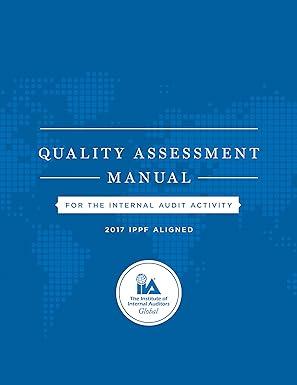Question
Hawkins Incorporated (the Company), incorporated in Tennessee, is principally engaged in the manufacture and sale of clothing. The Company has three lines of business: (1)
Hawkins Incorporated (the Company), incorporated in Tennessee, is principally engaged in the manufacture and sale of clothing. The Company has three lines of business: (1) outerwear, (2) t-shirts, and (3) tank tops. Hawkins was extremely successful in its early years when it partnered with colleges and universities to create outerwear, t-shirts, and tank tops for athletes, students, and alumni. This partnership also enabled Hawkins to hire a group of college graduates with a proven track record and a passion for investing in the stock market. Together, Hawkins and these graduates created a new investment department in 2017. Hawkins management set aside a portion of the previous years profits for the investment department to invest in equity and debt securities for the Company. Hawkins has three investments remaining in the departments portfolio as of December 31, 2017. Hawkins classified all equity and debt securities as either available for sale or held to maturity under the Companys investment policy.
The accounting department is preparing financial statements for the fiscal year ended December 31, 2017, and the auditors have asked Hawkins whether any of its investments are other-than-temporarily impaired. The CFO of Hawkins needs to present the investment departments financial results at the next operating committee meeting so the committee can decide whether to continue the investment program and if so, determine the amount of funds that should be allocated. In looking at the accounting records provided by the accounting department, the CFO is beginning to question the investment departments expertise because all investments have declined in value relative to each investments original purchase price.
The accounting manager compiled the following information about each of the investments in order to determine whether the investment is other-than-temporarily impaired as of December 31, 2017. Each investment is classified as long term in the December 31, 2017 balance sheet.
Hawkins purchased 50 shares of Willis Co. common stock on April 5, 2017, at $100 a share and classified its investment as available for sale. In July, the share price dropped to $75, and from August through November, the price fluctuated between $70 and $80 per share. On December 31, 2017, the price was $82. On February 18, 2018, the date Hawkins financial statements are issued, the price of the stock was $87.
On February 11, 2017, Hawkins purchased bonds issued by Mulder Co. As of December 31, 2017, the amortized cost of the bonds is $1,500 and the fair value is $30. Mulder Co. is going through a restructuring because it was significantly affected by a hurricane in August. Hawkins does not believe the restructuring will ultimately be successful.
Hawkins owns a debt security issued by Briscoe Incorporated with an amortized cost of $800 and a fair value of $720 at December 31, 2017.
The present value of the cash flows Hawkins expects to receive, taking into consideration the credit quality of Briscoe, discounted at the securitys original effective interest rate is $740 at December 31, 2017.Hawkins intends to sell this security prior to maturity.
Required:
1. Assuming Hawkins has determined its investment in Willis Co. stock is other-than-temporarily impaired, how much should be recorded as an impairment charge as of December 31, 2017?
2. Assuming the same facts as in (1), but Hawkins has not yet determined whether an impairment exists or the amount of any possible impairment. For Willis Co. stock, would Hawkins still conclude that the investment is other-than-temporarily impaired, and would the impairment charge as of December 31, 2017, be different if the stock price at issuance of the financial statements (February 18, 2018) was $95 instead of $87.
3. For the Mulder Co. bonds, should Hawkins record an other-than-temporary impairment at December 31, 2017? Why or Why not?
4. For the Briscoe debt security, what amount, if any, should be recorded as the other-than-temporary impairment at December 31, 2017? Does the answer change if Hawkins does not intend to sell the security and it is more likely than not that it will not be required to sell the security?
Be sure to provide authoritative support for the positions taken on these investments.
Step by Step Solution
There are 3 Steps involved in it
Step: 1

Get Instant Access to Expert-Tailored Solutions
See step-by-step solutions with expert insights and AI powered tools for academic success
Step: 2

Step: 3

Ace Your Homework with AI
Get the answers you need in no time with our AI-driven, step-by-step assistance
Get Started


